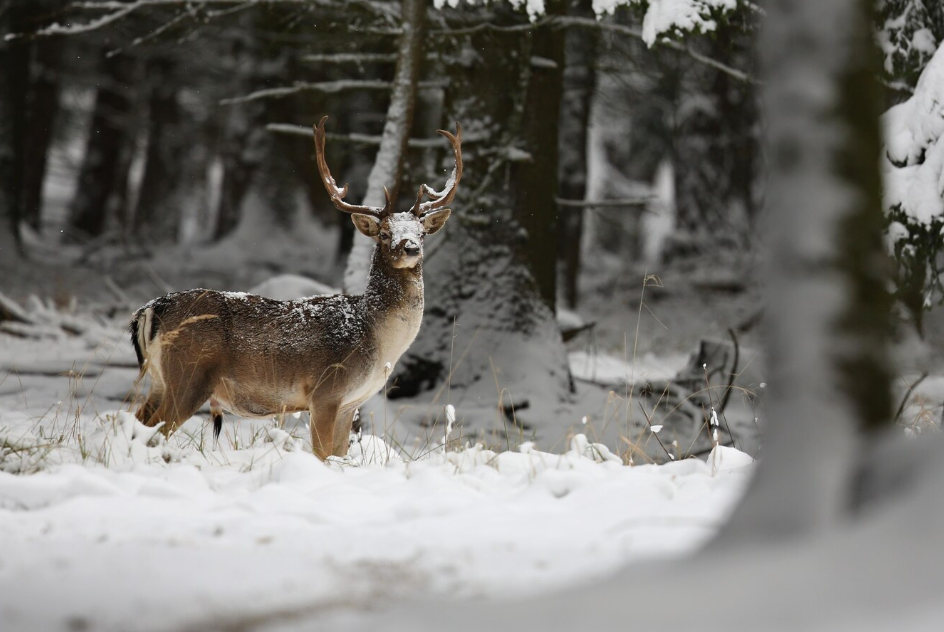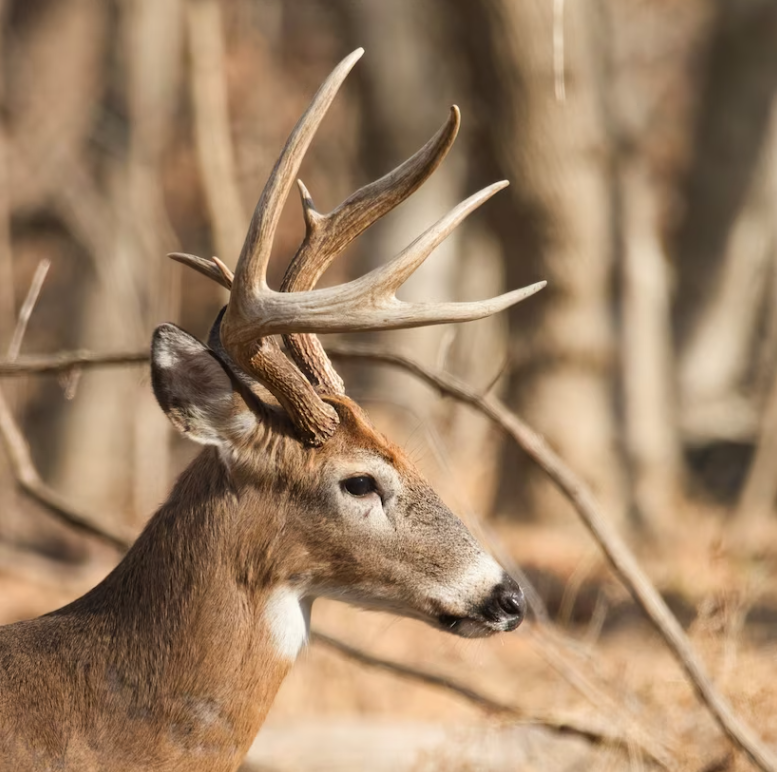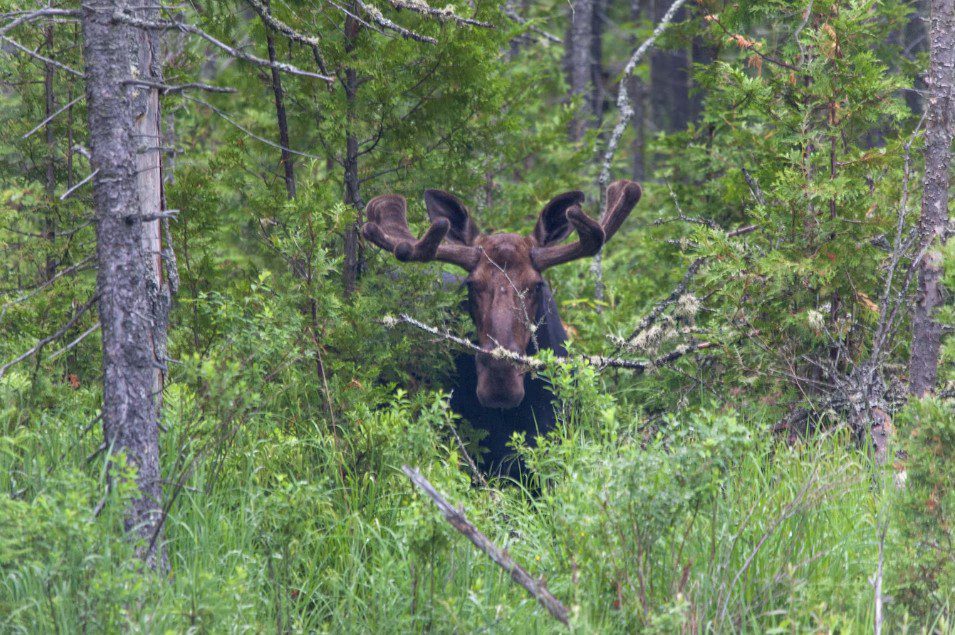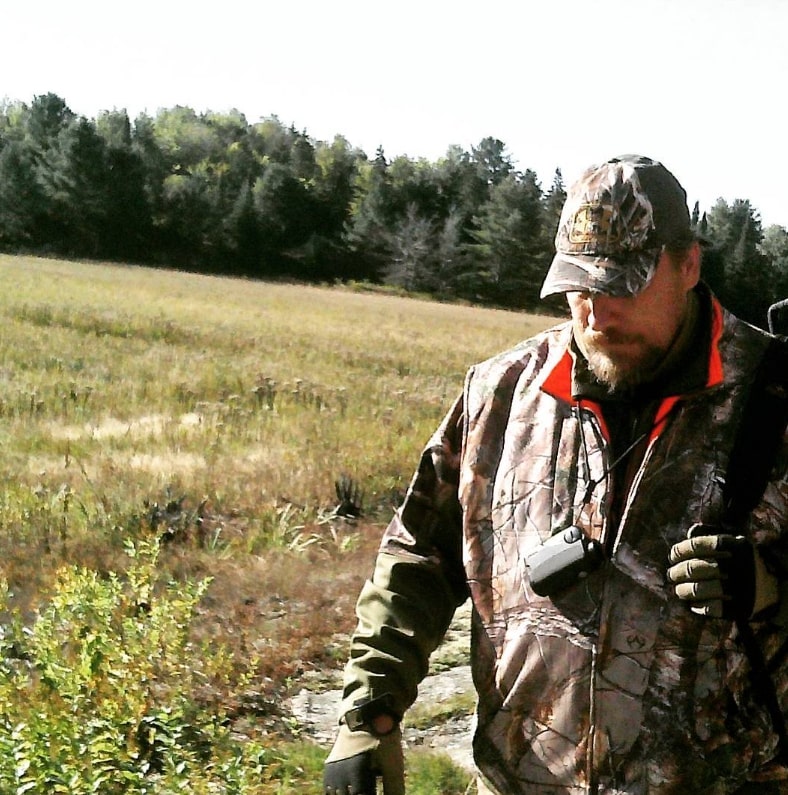A Beginners guide to Shed Hunting


A Beginners guide to Shed Hunting

Shed hunting has emerged as a popular and thrilling activity among hunting enthusiasts and outdoor lovers alike. It involves scouring vast landscapes for antlers naturally shed by animals like elk, deer, and moose. Shed hunting offers an exciting and rewarding experience while simultaneously providing valuable information about the wildlife population in a particular area.
For those who are new to shed hunting, there are a few things to bear in mind before getting started. In this article, we will provide some tips and guidelines for beginners to help them embark on this thrilling activity.
Shed hunting is not just a leisurely activity but also offers valuable insights into the health, age, sex, migration patterns, and feeding habits of animals. This information is crucial in making informed decisions about managing wildlife populations and planning hunting trips. Furthermore, antlers are highly prized in the hunting and outdoor community, used for crafting, decoration, and as a trophy, among other purposes. Shed hunting can also be a training exercise for hunting dogs.
The timing of shed hunting varies depending on the region and climate. Late winter or early spring, when the snow starts to melt, is generally the best time to start shed hunting as most animals shed their antlers around this time. However, timing can vary depending on the individual animal and climate.
When searching for shed antlers, focus on areas where animals are known to feed and bed down, such as open fields, wooded areas, and along water sources. Animals typically shed their antlers in areas where they spend the most time. Be mindful of the terrain and vegetation as antlers can blend in easily with leaves, brush, and grass.
Shed hunting requires patience, persistence, and a bit of luck. Here are some tips to help increase the chances of finding shed antlers: scout the hunting area beforehand, start early, use binoculars, walk slowly and systematically, focus on high-probability areas, be mindful of other wildlife, be prepared for the terrain, and most importantly, have fun!
In conclusion, shed hunting is an exhilarating and fulfilling activity that provides valuable information about the wildlife population in a particular area. Beginners can increase their chances of success by understanding when and where to search for antlers, being patient and persistent, and acting ethically and sustainably. Shed hunting is also an excellent way to connect with nature, spend quality time outdoors with friends and family, and teach children about wildlife conservation. It is essential to bear in mind that shed hunting should always be conducted responsibly and respectfully to the natural environment and wildlife. Hunters and outdoor enthusiasts must always comply with all laws and regulations surrounding shed hunting, leave no trace behind, and avoid disturbing or stressing animals during shed hunting.






